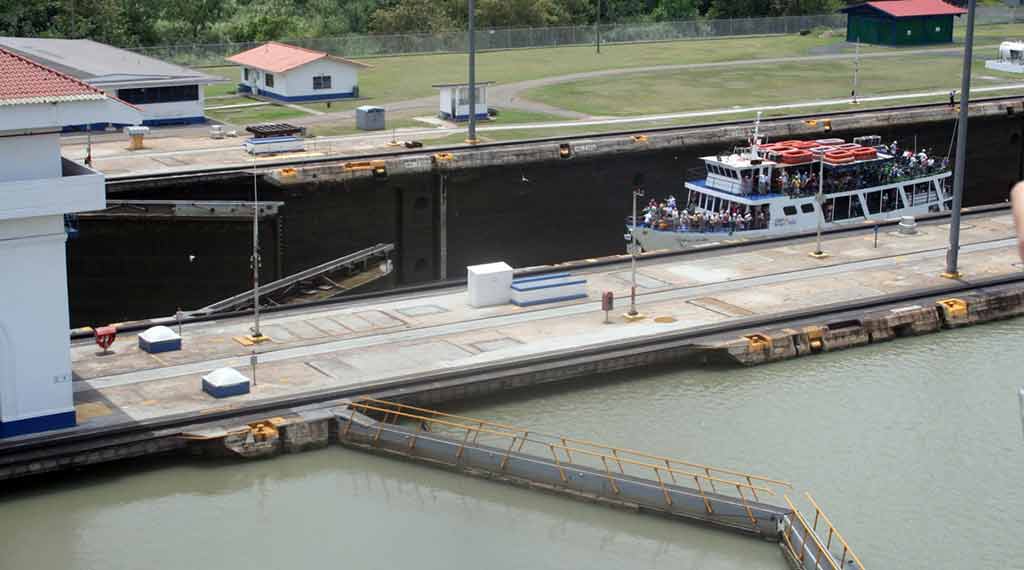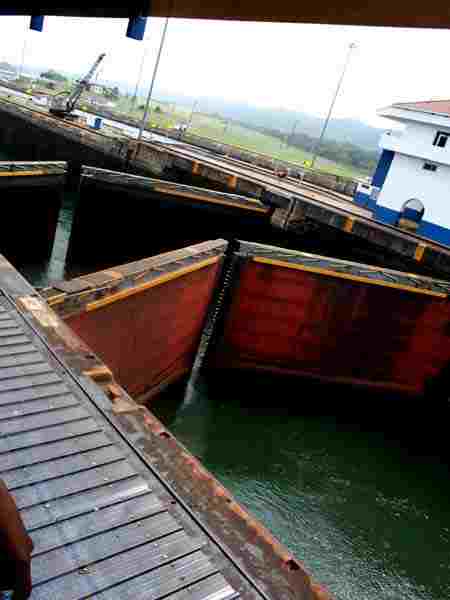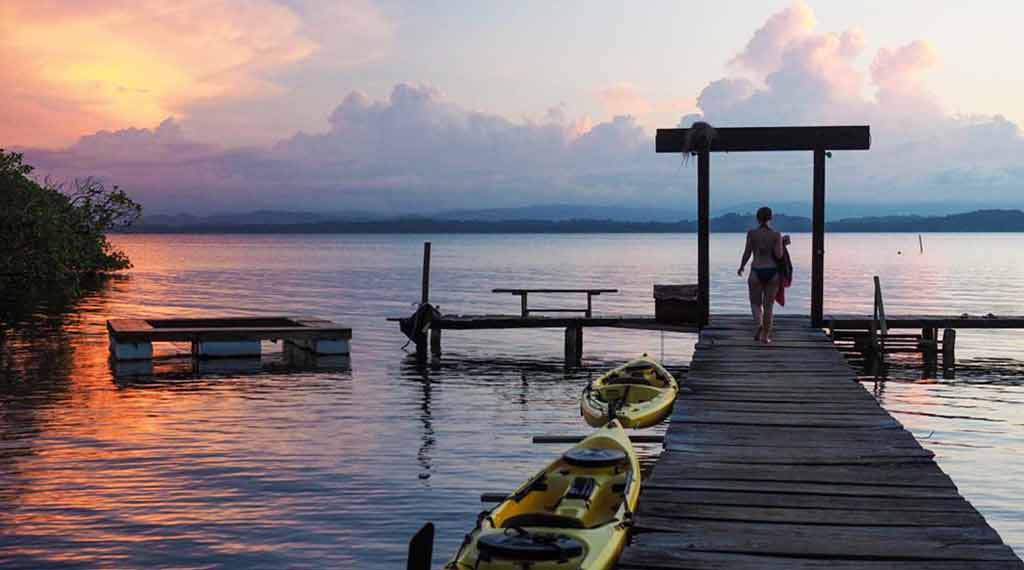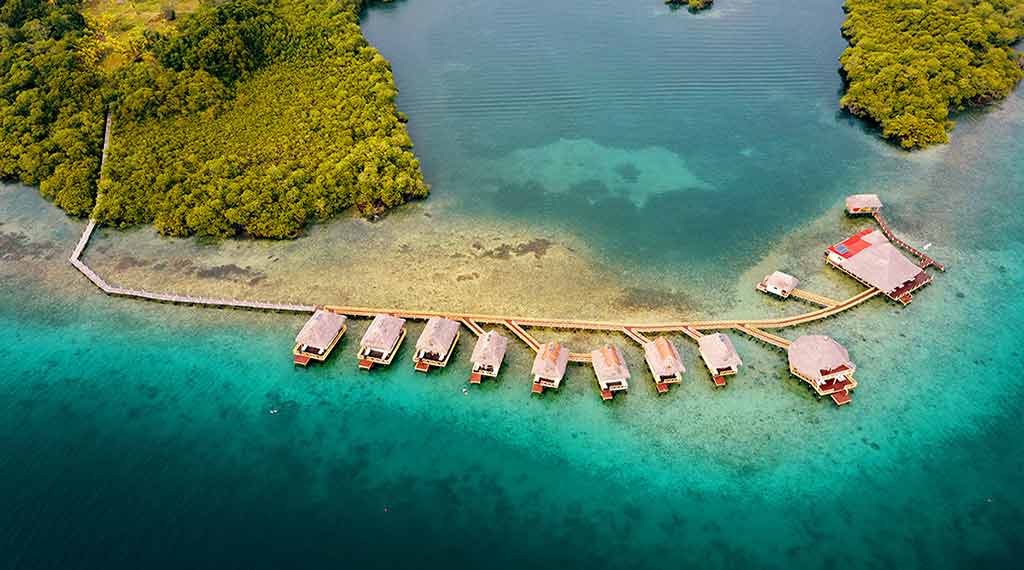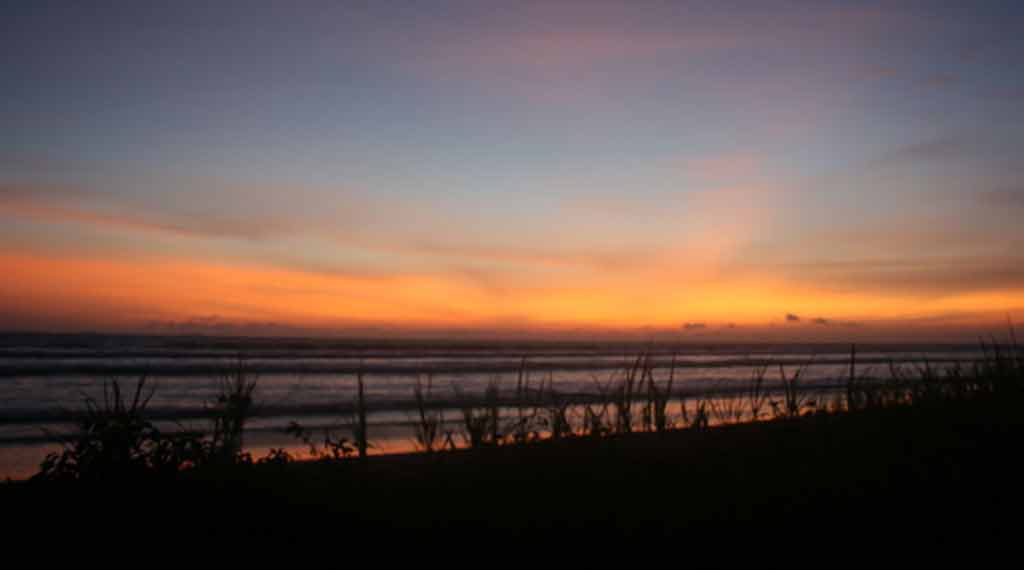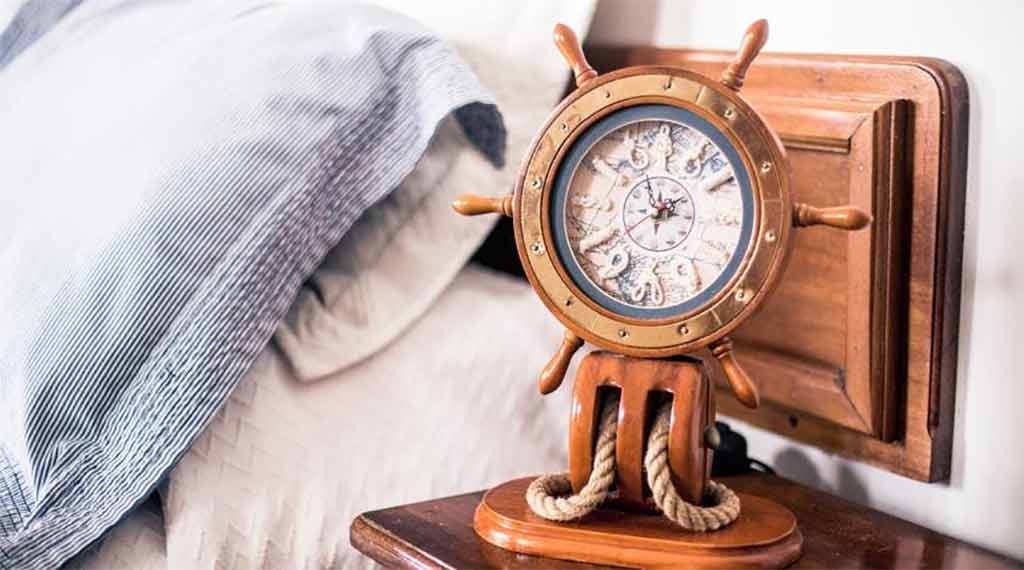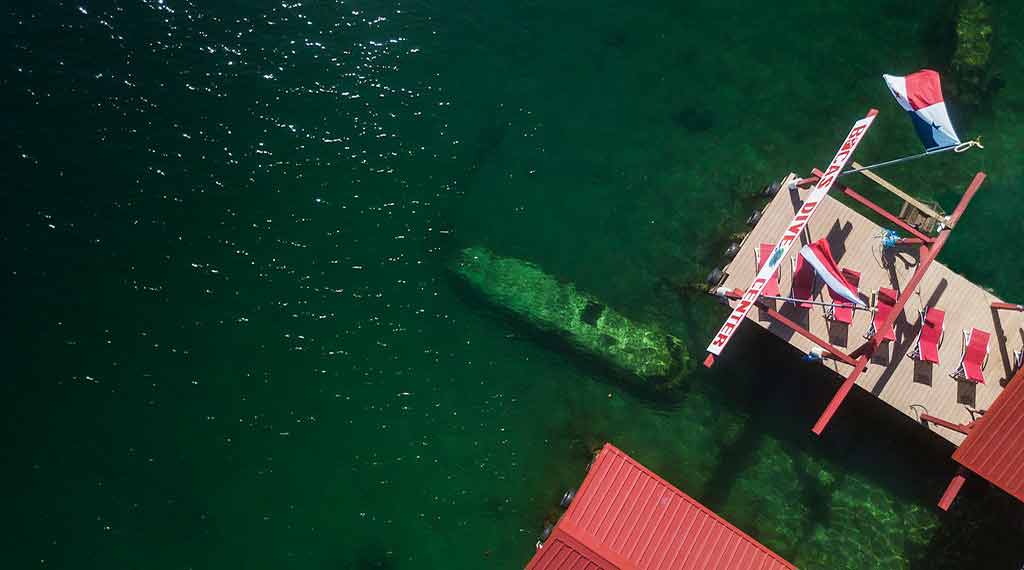The Panama Canal (canal de Panama)
The Panama Canal is undisputedly one of the highlights in Panama.
A visit here is a must when you are in Panama.
With the discovery of the Pacific Ocean in 1513 by the Spanish conqueror Vasco Balboa, humanity began to dream of connecting the two world oceans.
Contrary to frequent misinformation, the Panama Canal is today 100% under the control of Panama and is now navigable by all ocean-going ships.
Another interoceanic canal between the Atlantic and Pacific was started in Nicaragua at the end of 2014, but it is not progressing properly. The construction was carried out by the Chinese company HK Nicaragua Canal Develop 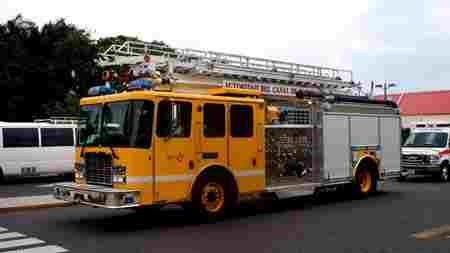 ment Investment and they will get a 100-year concession for the canal if they get it done one day.
ment Investment and they will get a 100-year concession for the canal if they get it done one day.
A few interesting facts about the Panama Canal:
- The average transit time for the Panama Canal is 24 hours, including waiting times. The actual journey time is around 8 hours, due to the waiting times at the locks. The fastest crossing was achieved in 1970 by the American warship "Pegasus", which crossed the Panama Canal in 2 hours and 41 minutes.
- If all the rocks and stones excavated for the Panama Canal were loaded onto one train, it would reach six times around the world.
- On average, a ship pays a whopping $25,000 to transit the Panama Canal, depending on weight and size. But there are exceptions: in August 1928, the American Richard Halliburton swam through and only had to pay 36 cents in fees. What did they do with the money?
In 2016 the Panama Canal was expanded:
Although many of today's container ships with their dimensions can still use the canal without any problems, a forward-looking decision was made in 2007 to widen it in order to secure the future of the canal. The construction project, which at times employed up to 40,000 workers, used 12 million tons of cement and over 190,000 tons of steel, was completed without major delays and the expanded Panama Canal opened its locks in June 2016.
Now the canal is ready for the Neopanamax class ships, also called “megacarriers”, which can carry up to 14,000 containers; Previously, only ships with a maximum of 4,400 containers on board were able to transit the canal.
In 2015, almost 15,000 ships passed through the canal, representing approximately 6% of world trade. With the expansion, Panama responded to the trend towards ever larger ships and hopes to double trade in the next few years: now 96% of existing ships can use the canal instead of taking the much longer and more dangerous route around South America's Cape Horn.
For the expansion, the Culebra breakthrough was painstakingly deepened and widened; new access channels were created on both oceans, which now work in addition to the previous ones.
On the Pacific there are the Cocolí locks, on the Atlantic there are the Agua Clara locks, both with three-stage, water-saving lock systems with an incredible 427 m length and 55 m width per chamber. With the help of water collecting basins next to the lock, 60 percent less fresh water is to be consumed during the lock process.
Here is an interesting video from the Tagesschau about the expansion:





